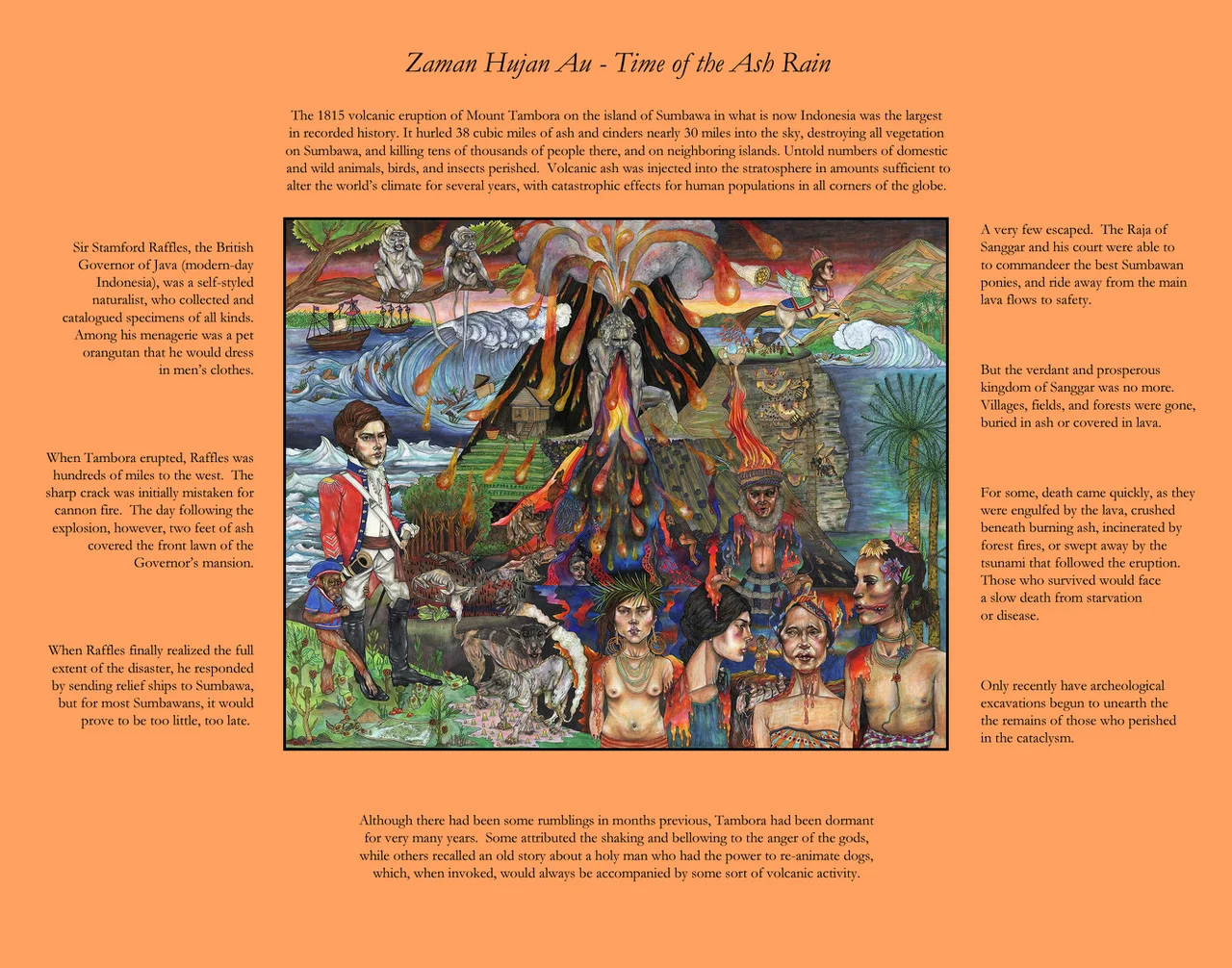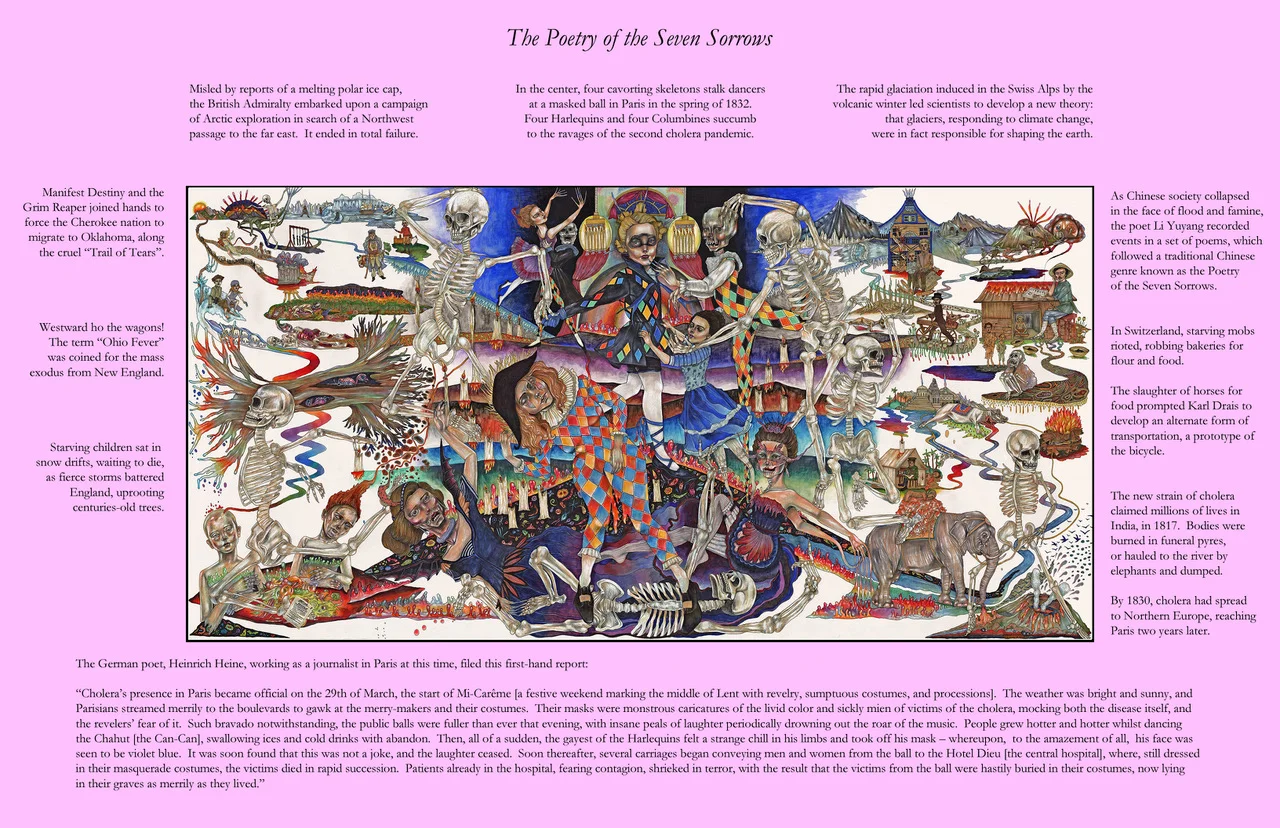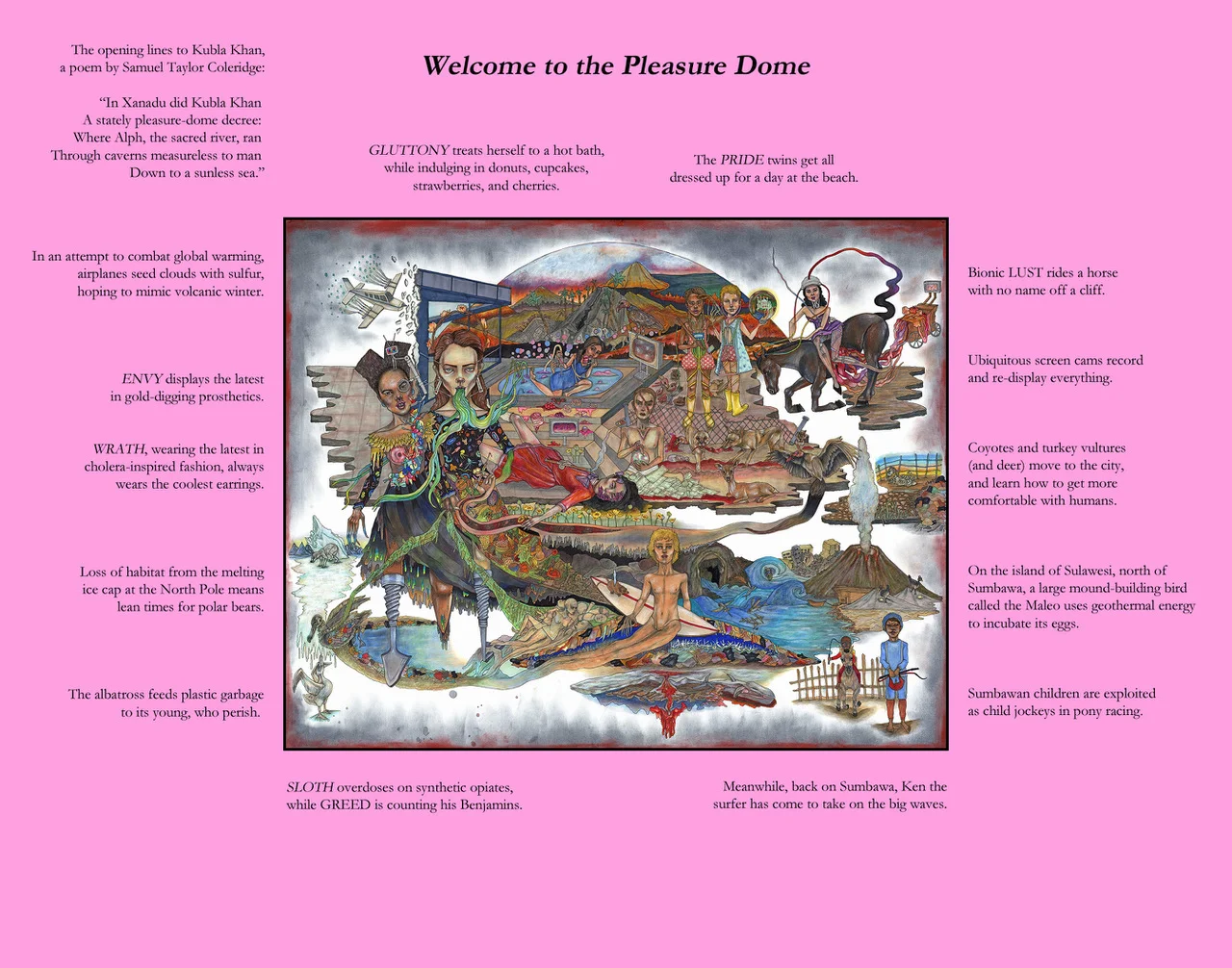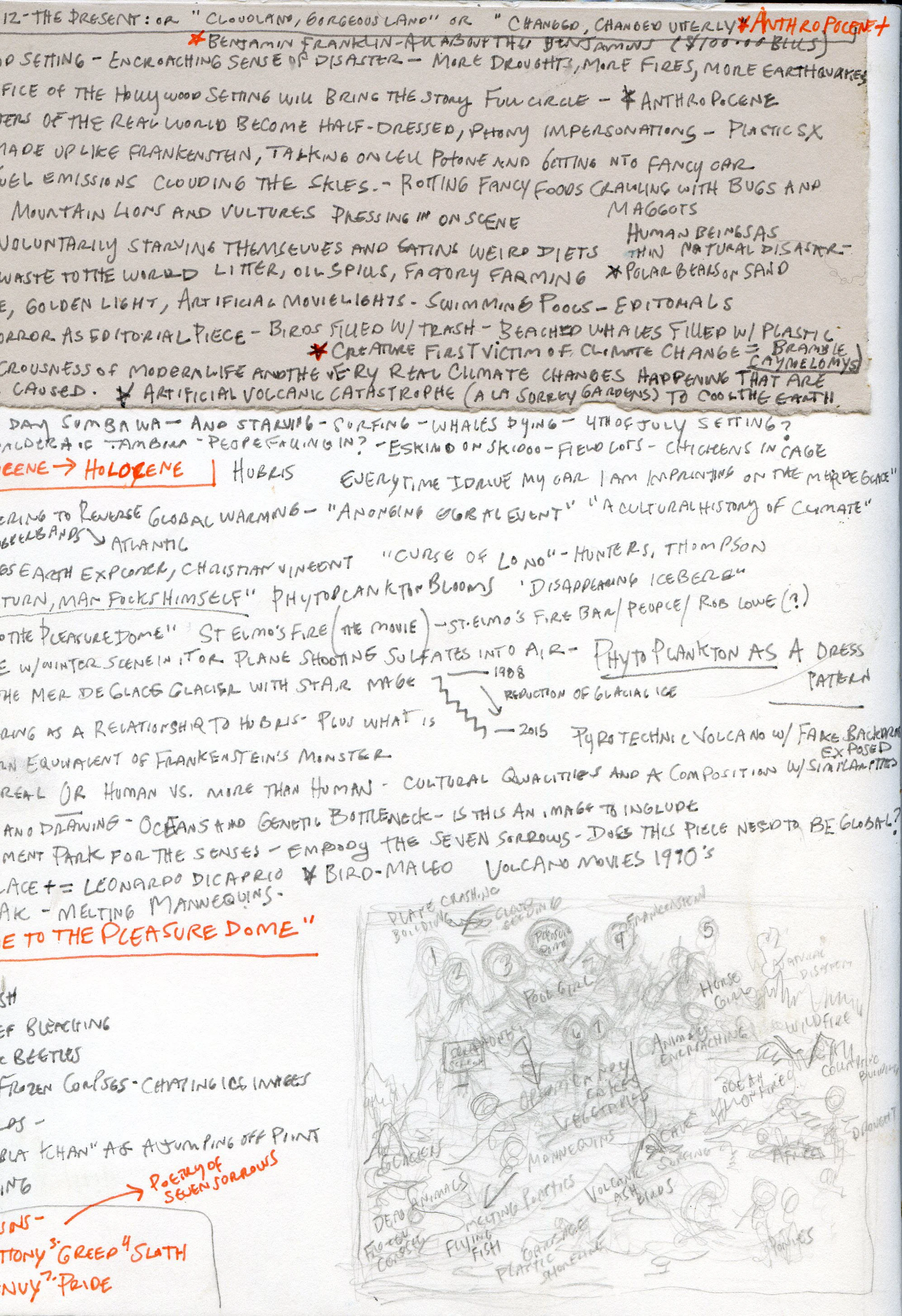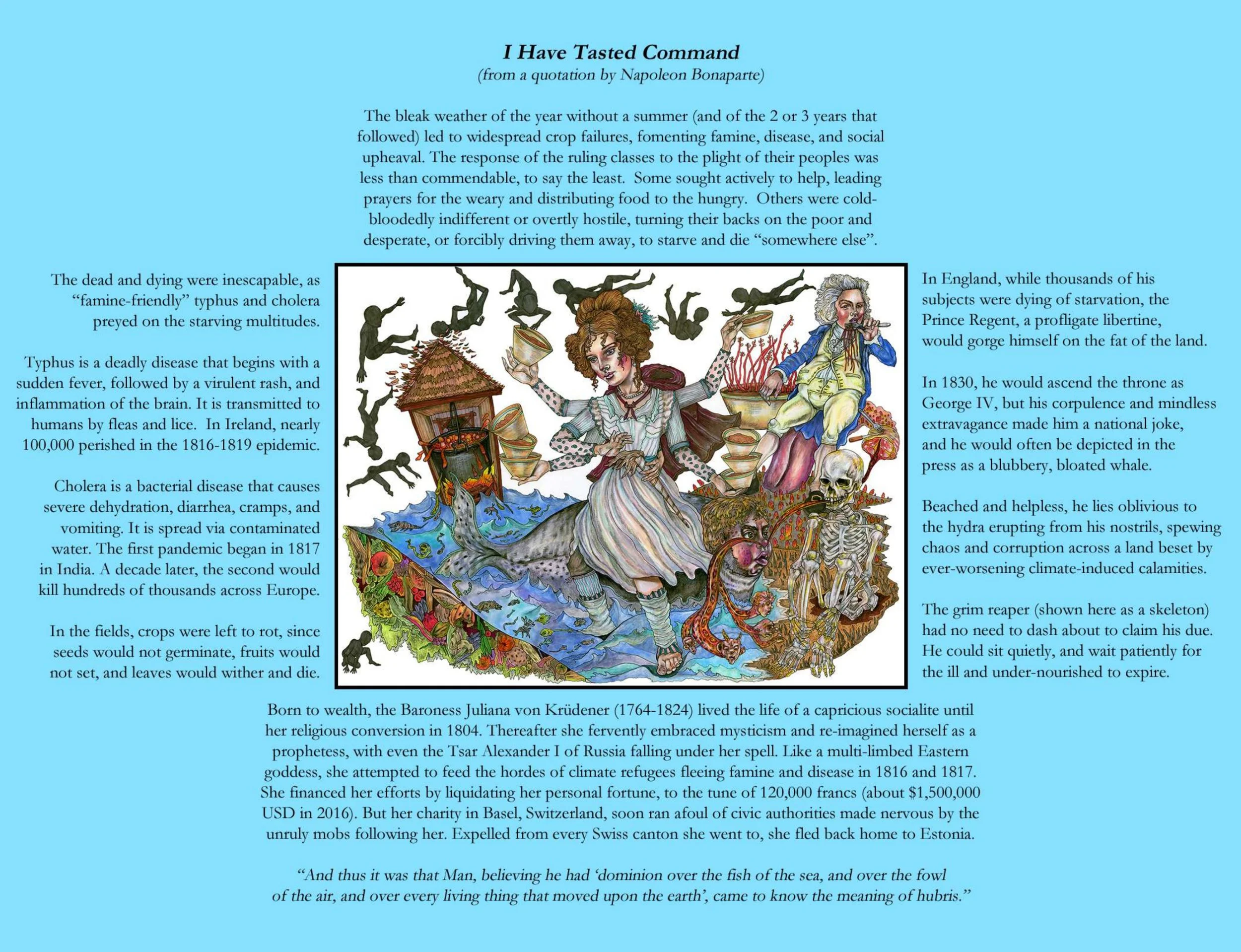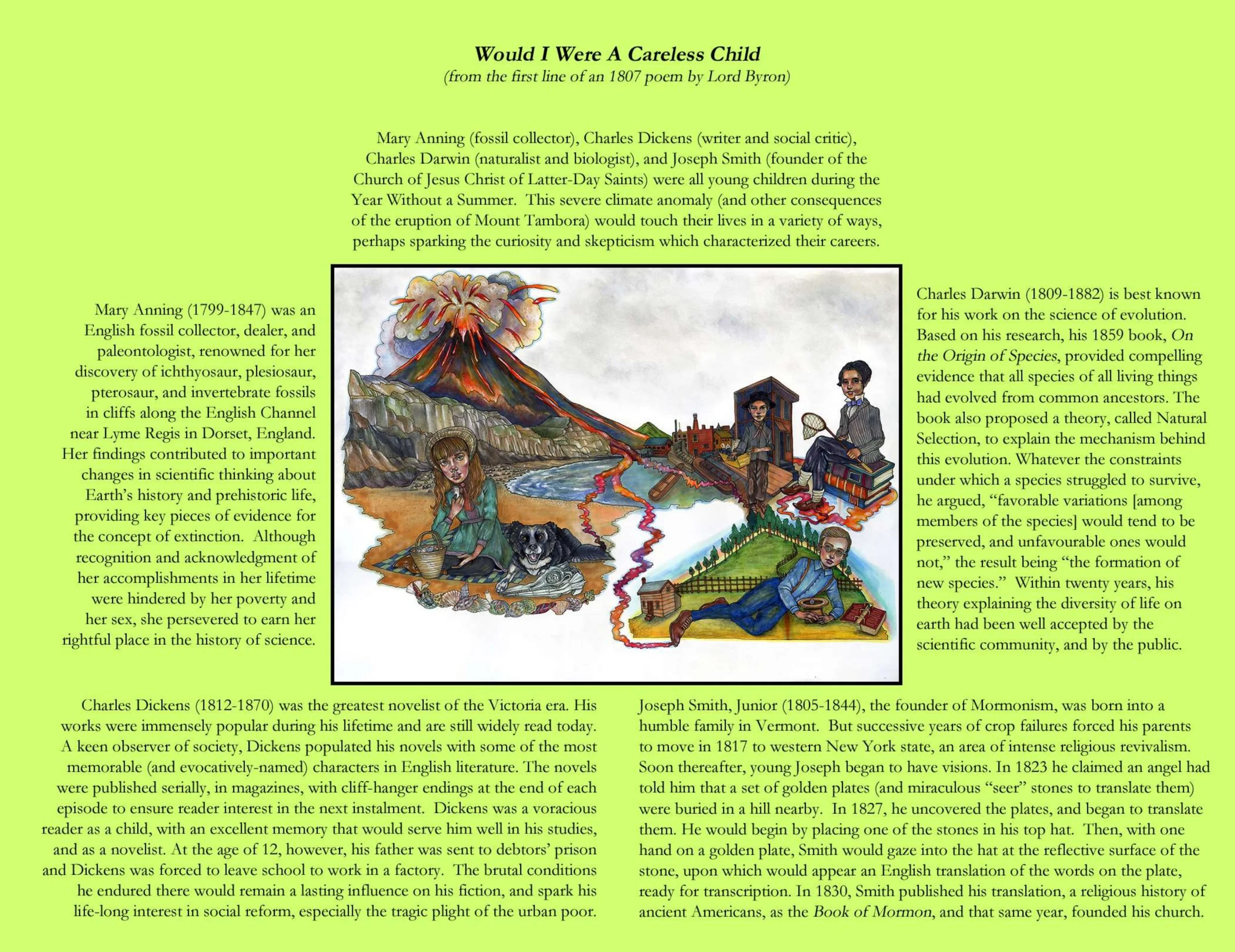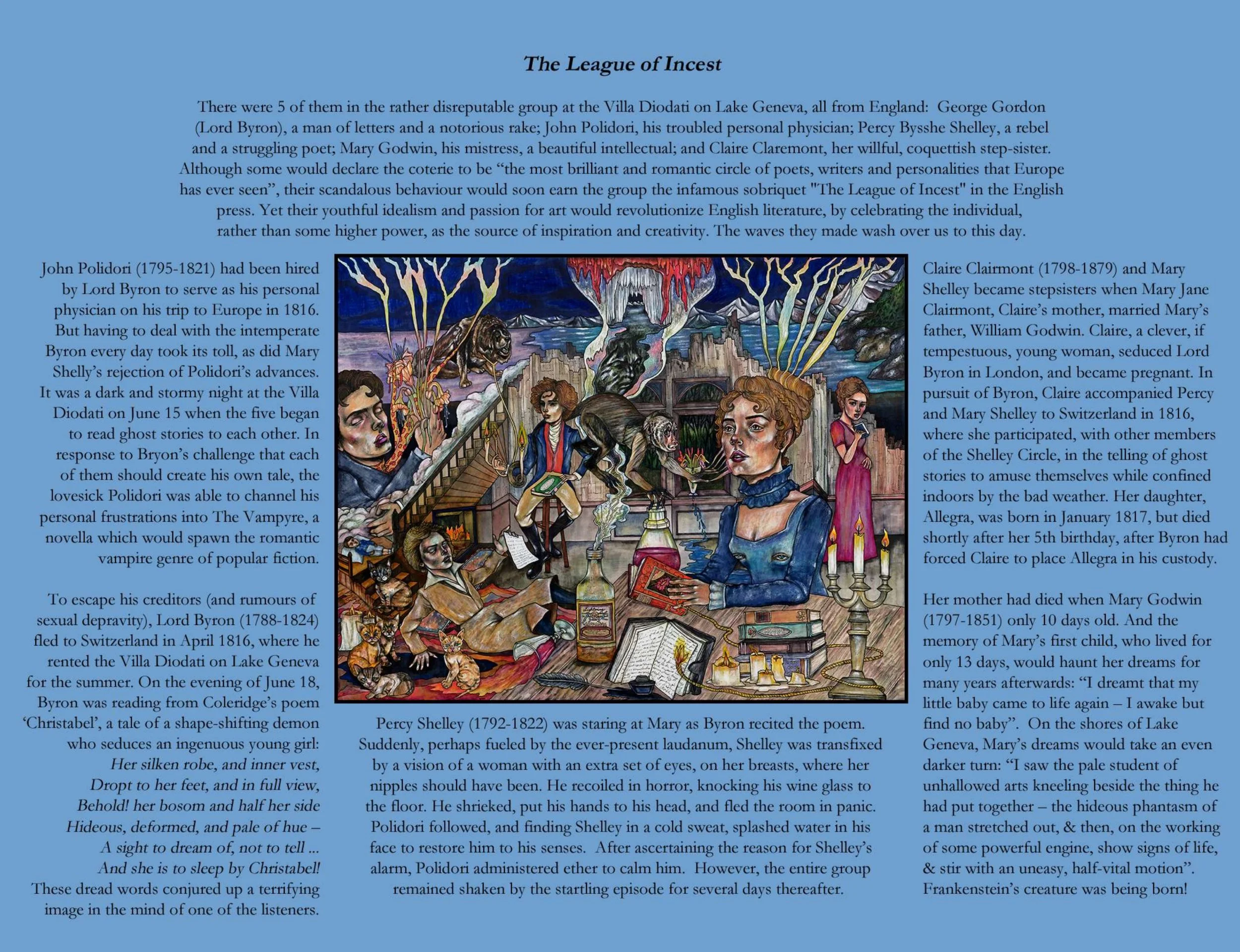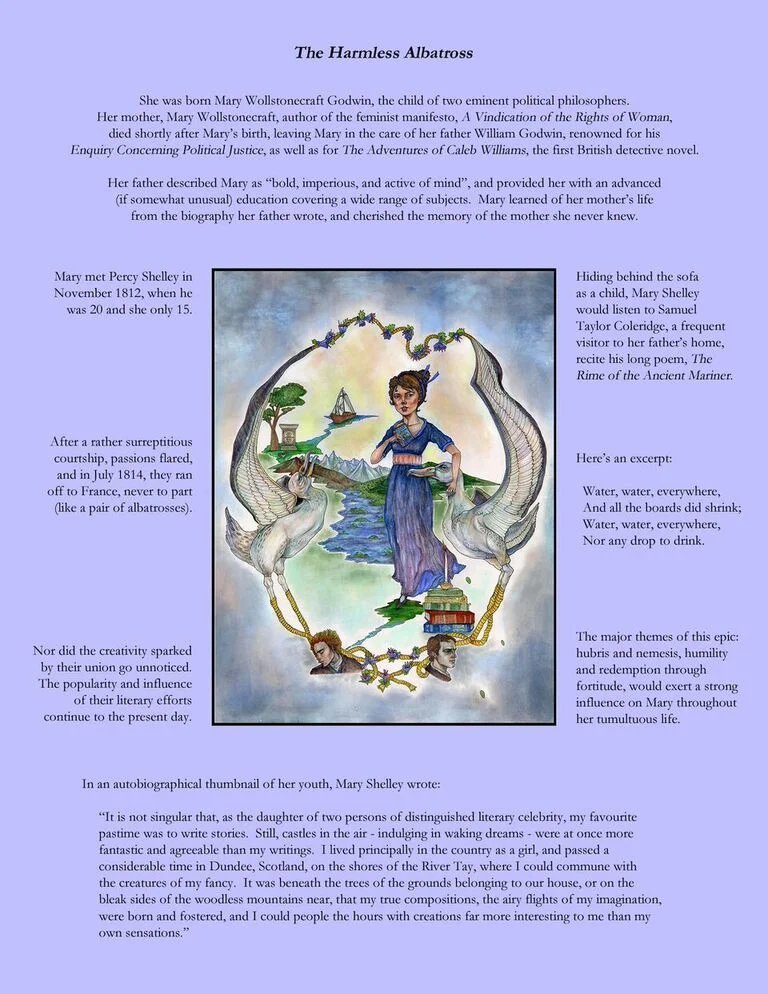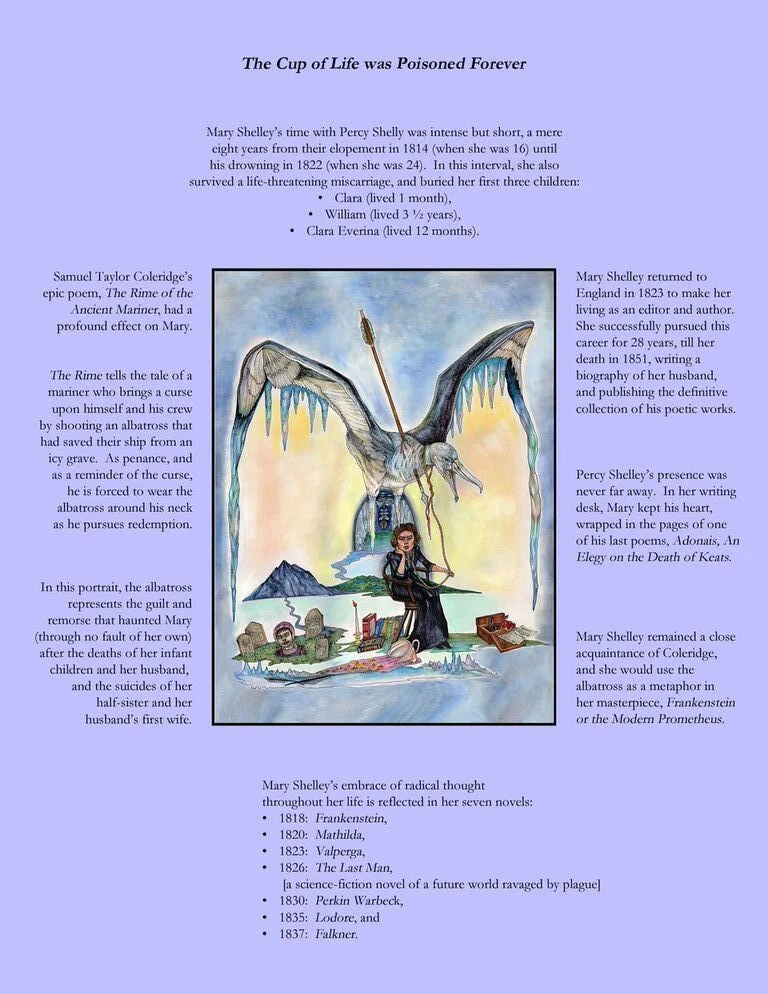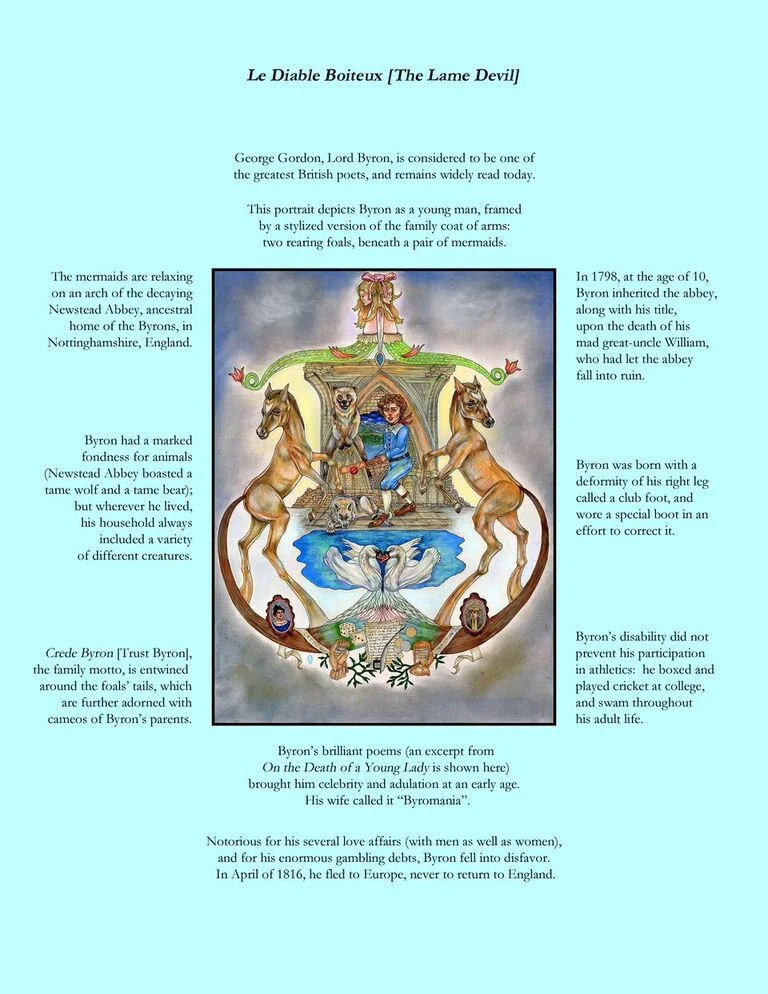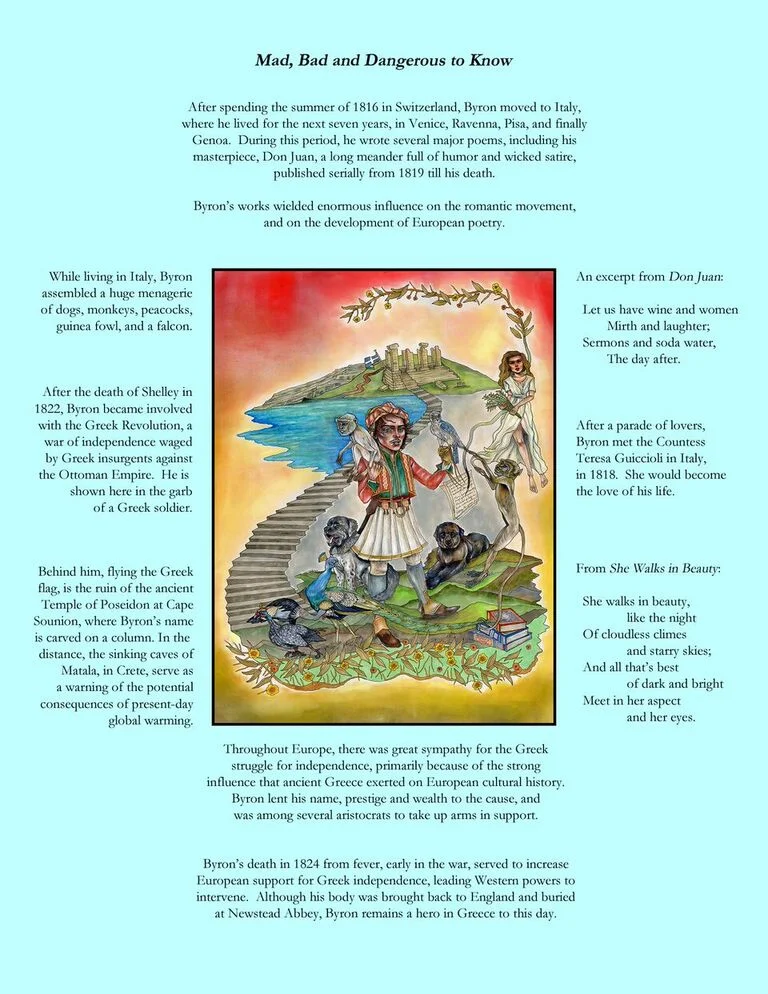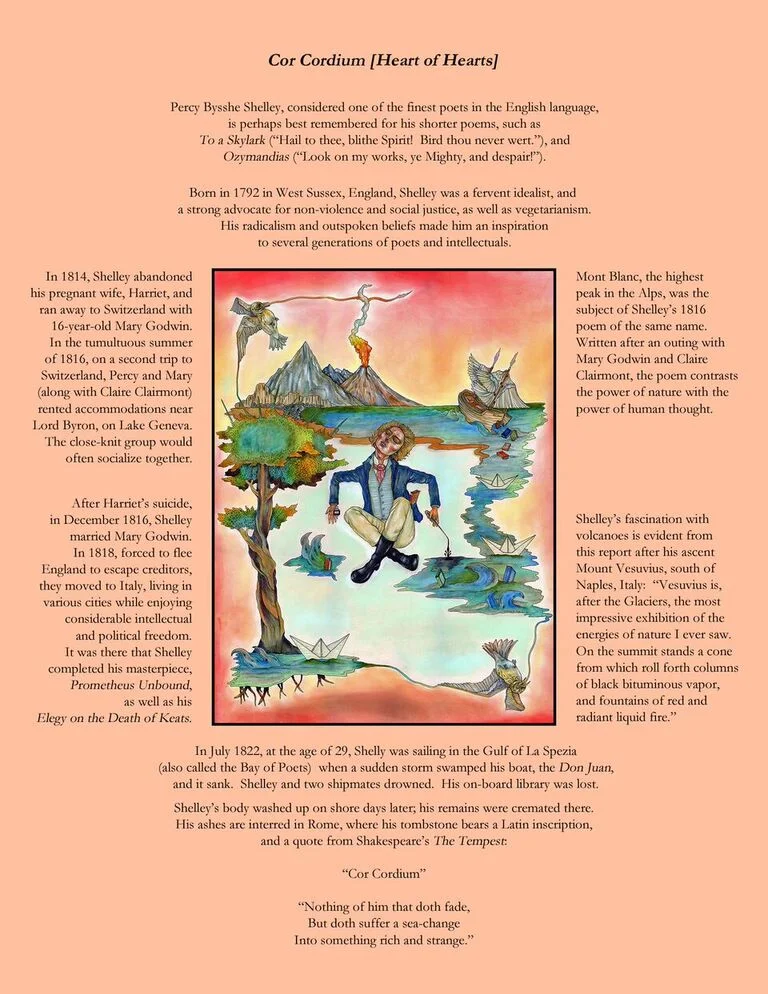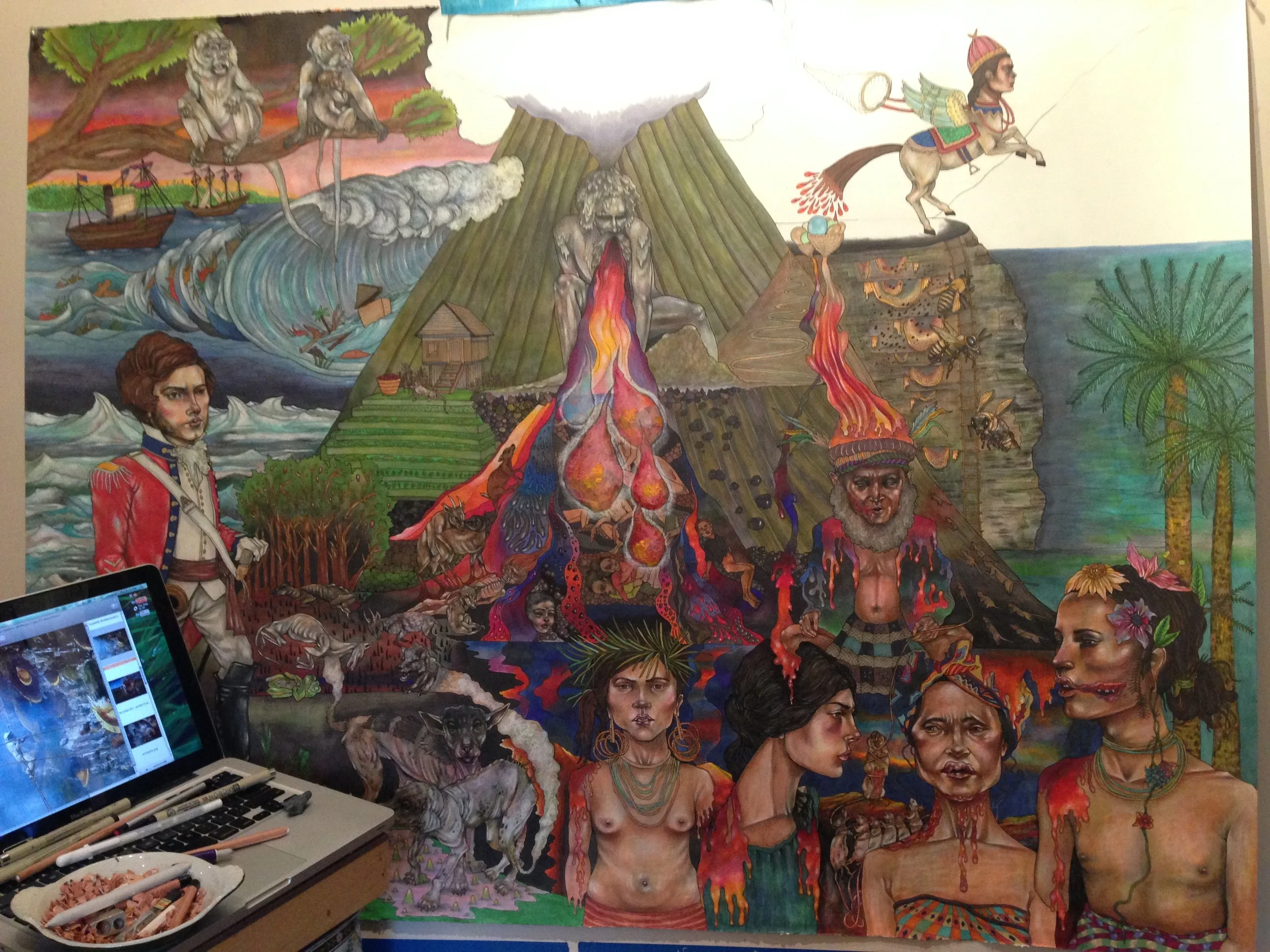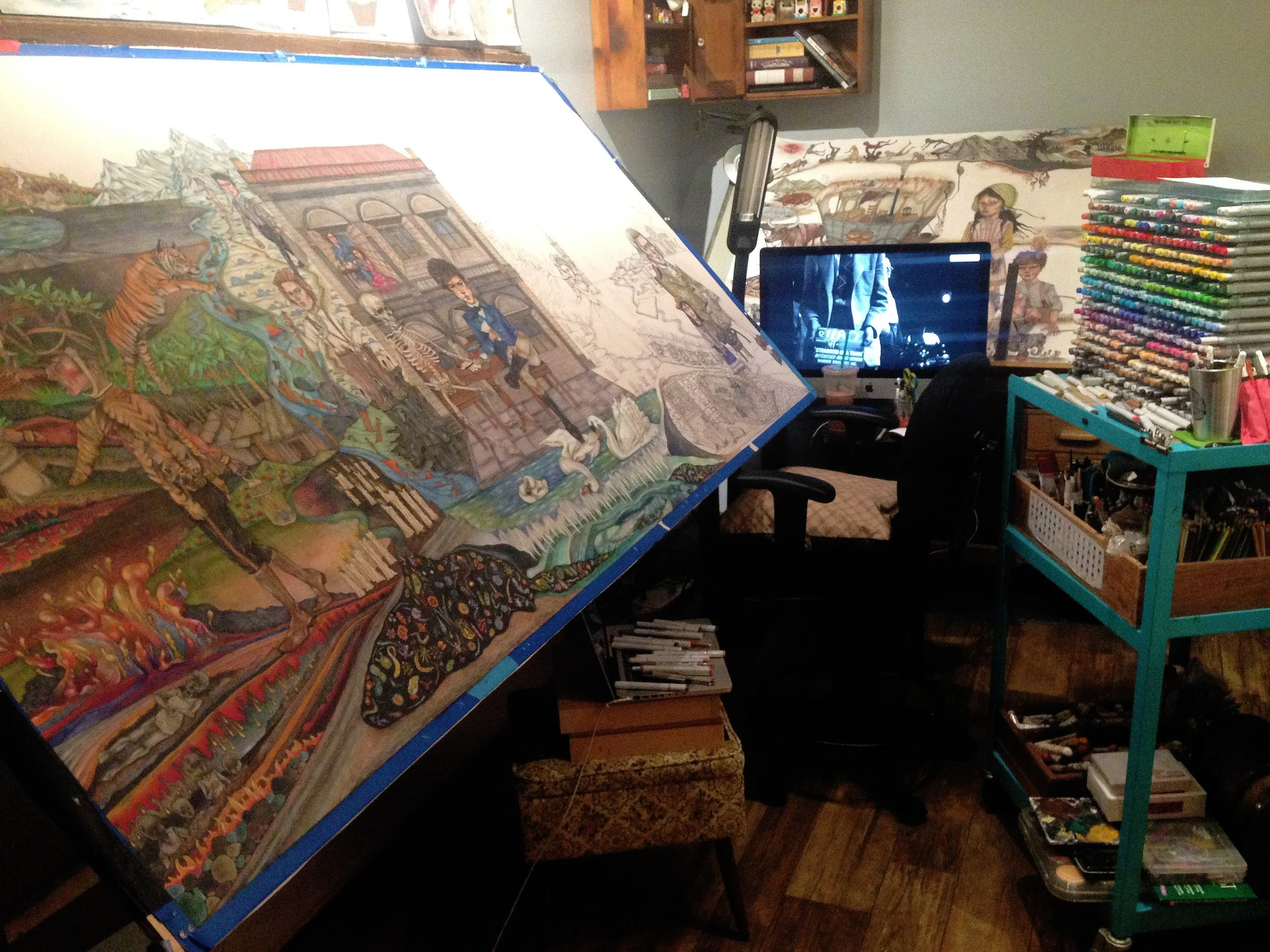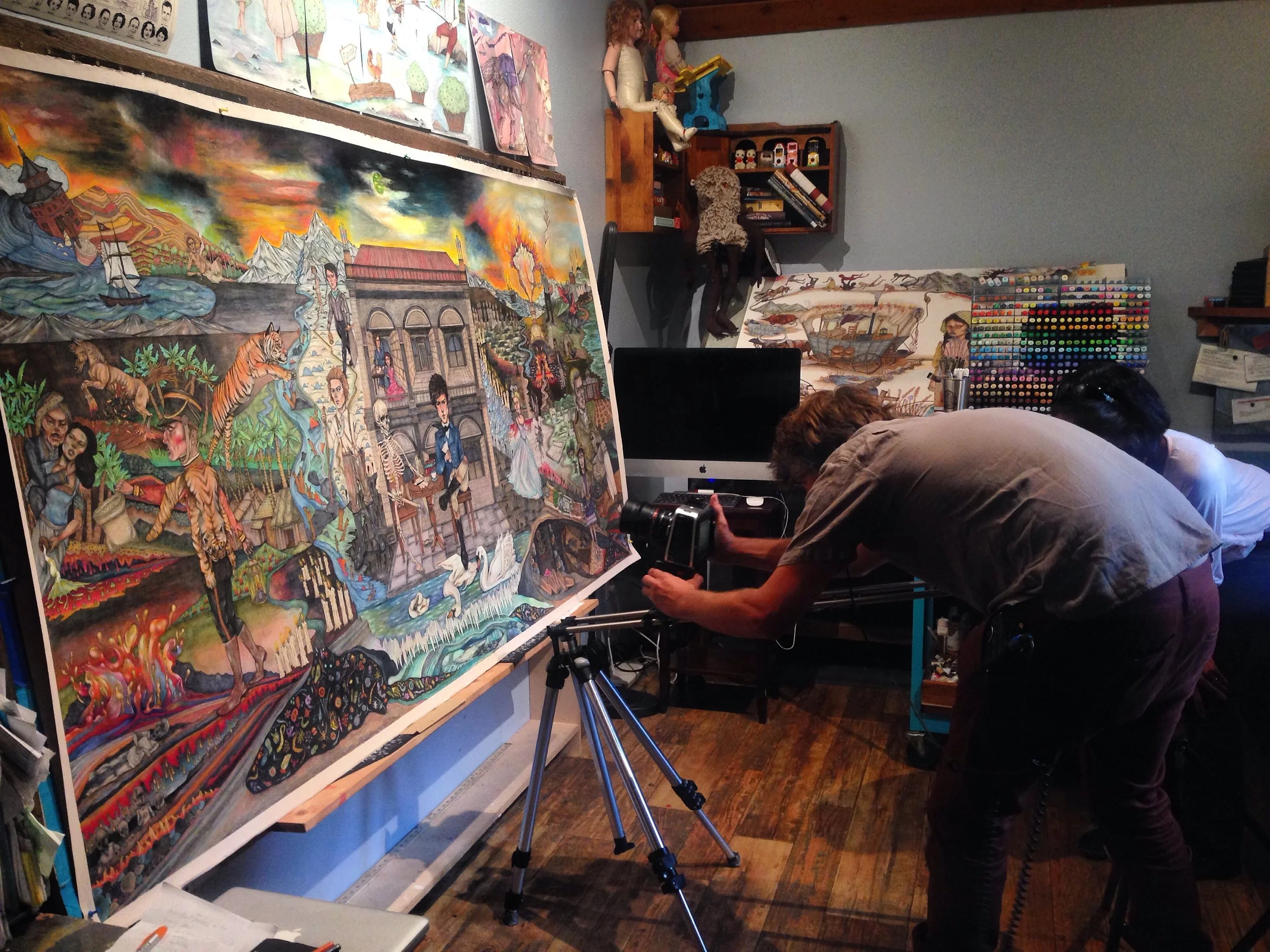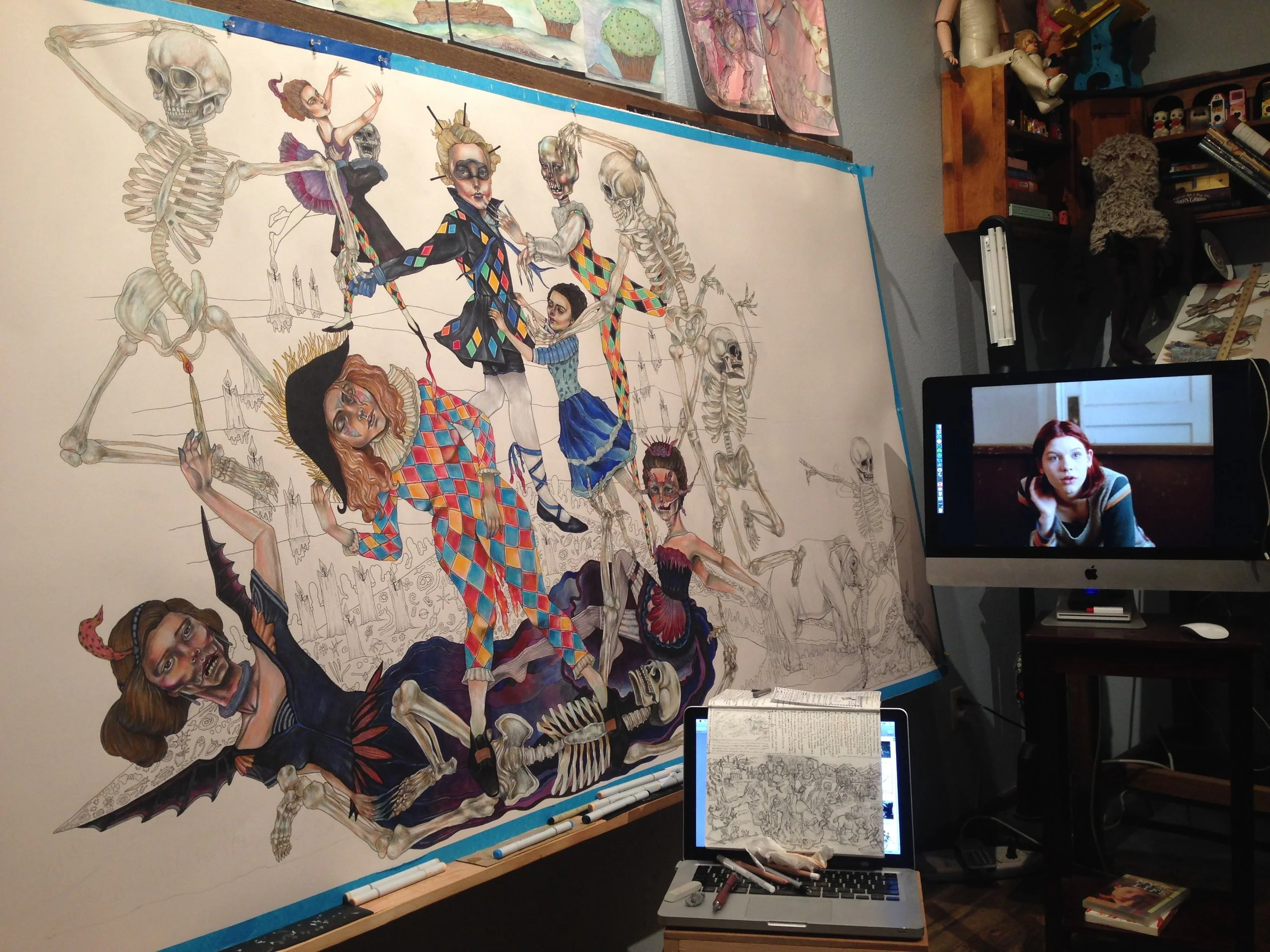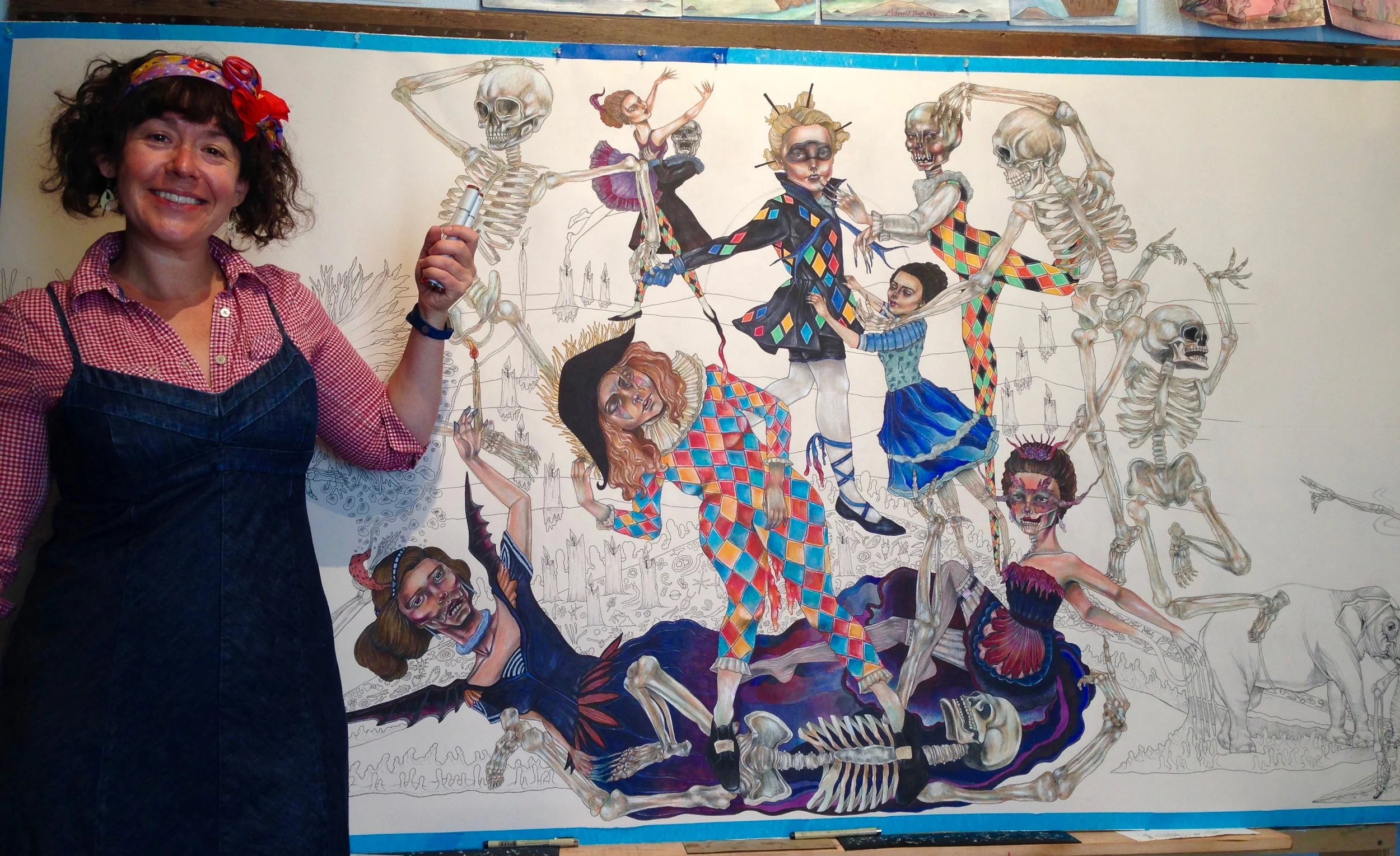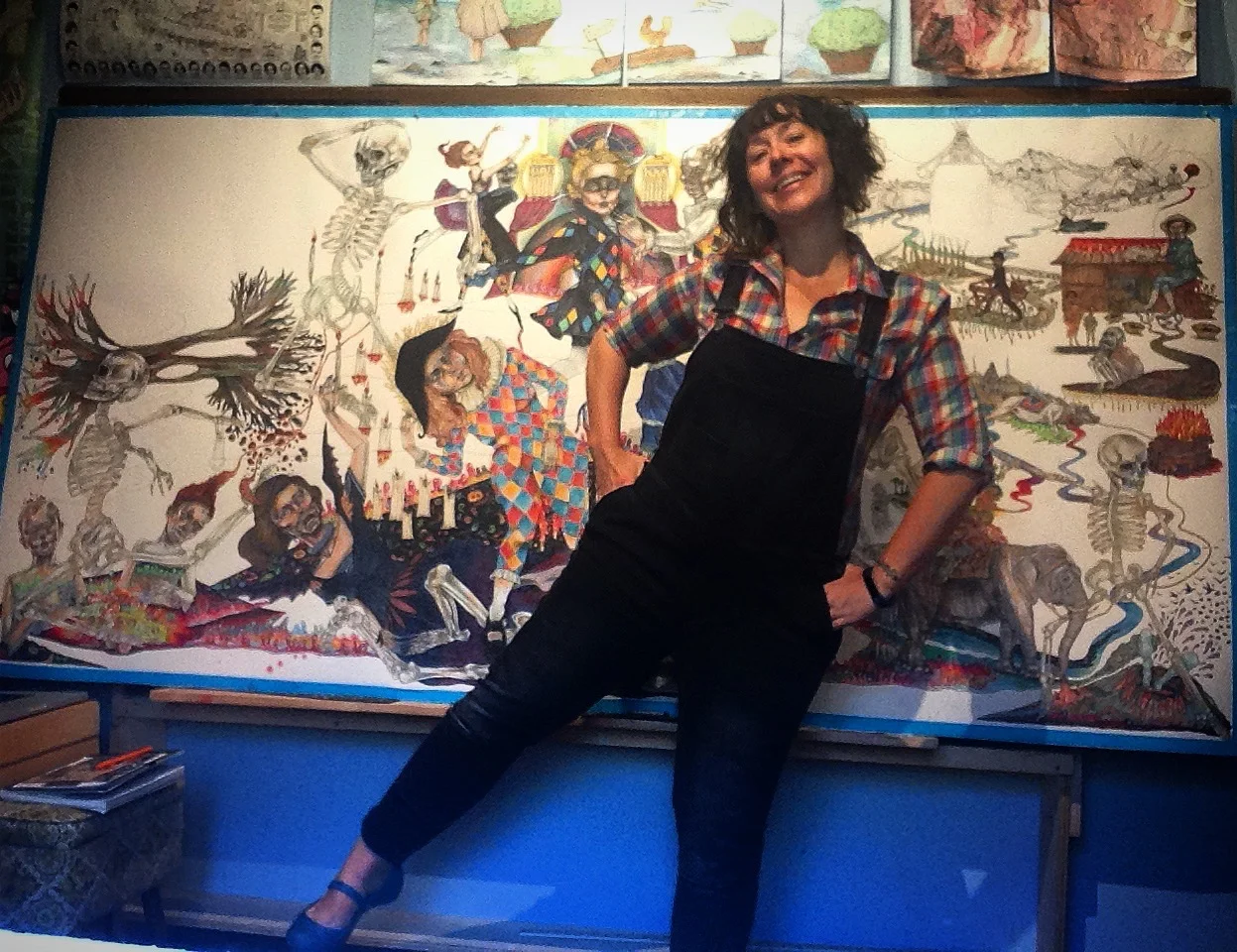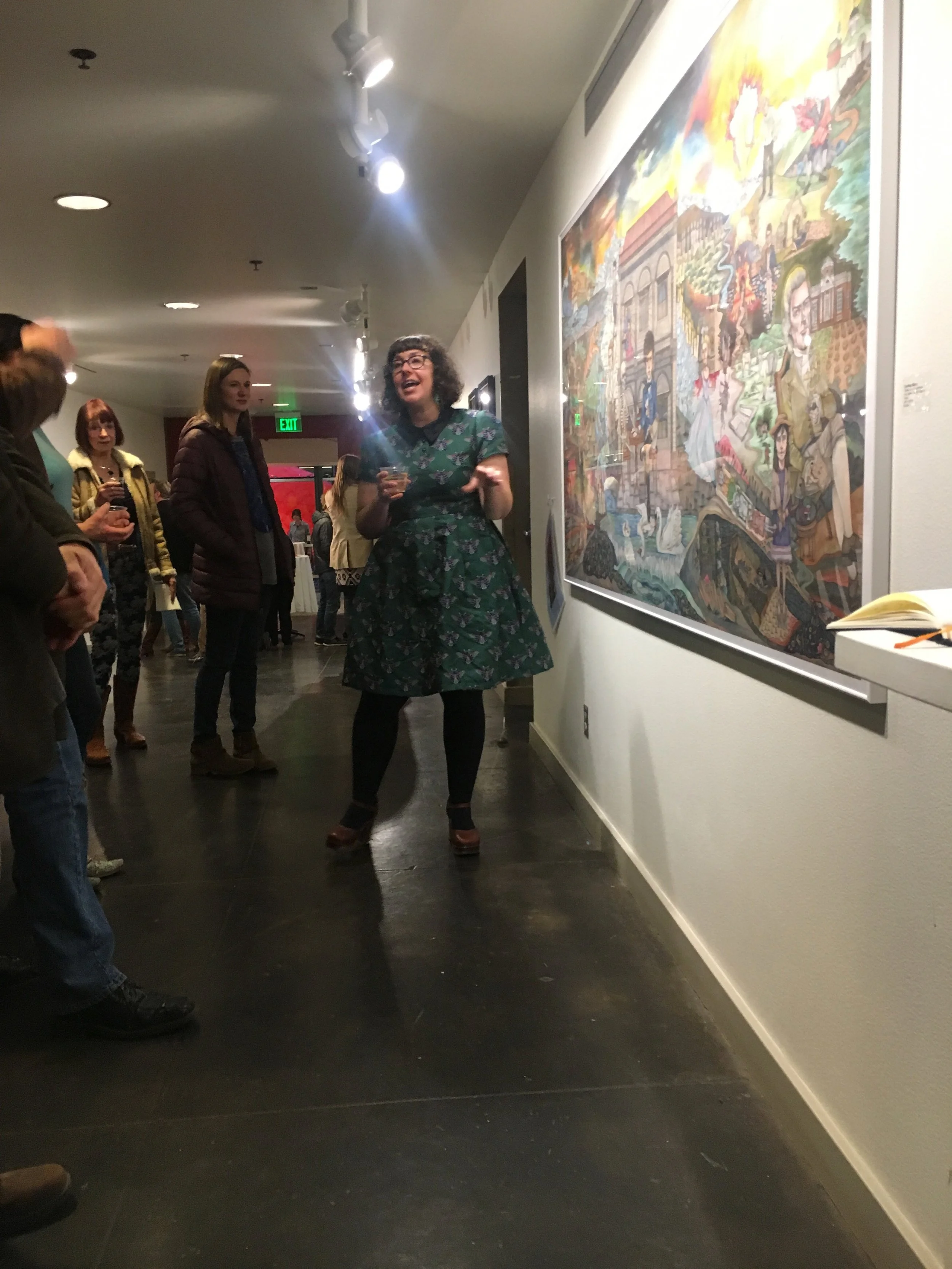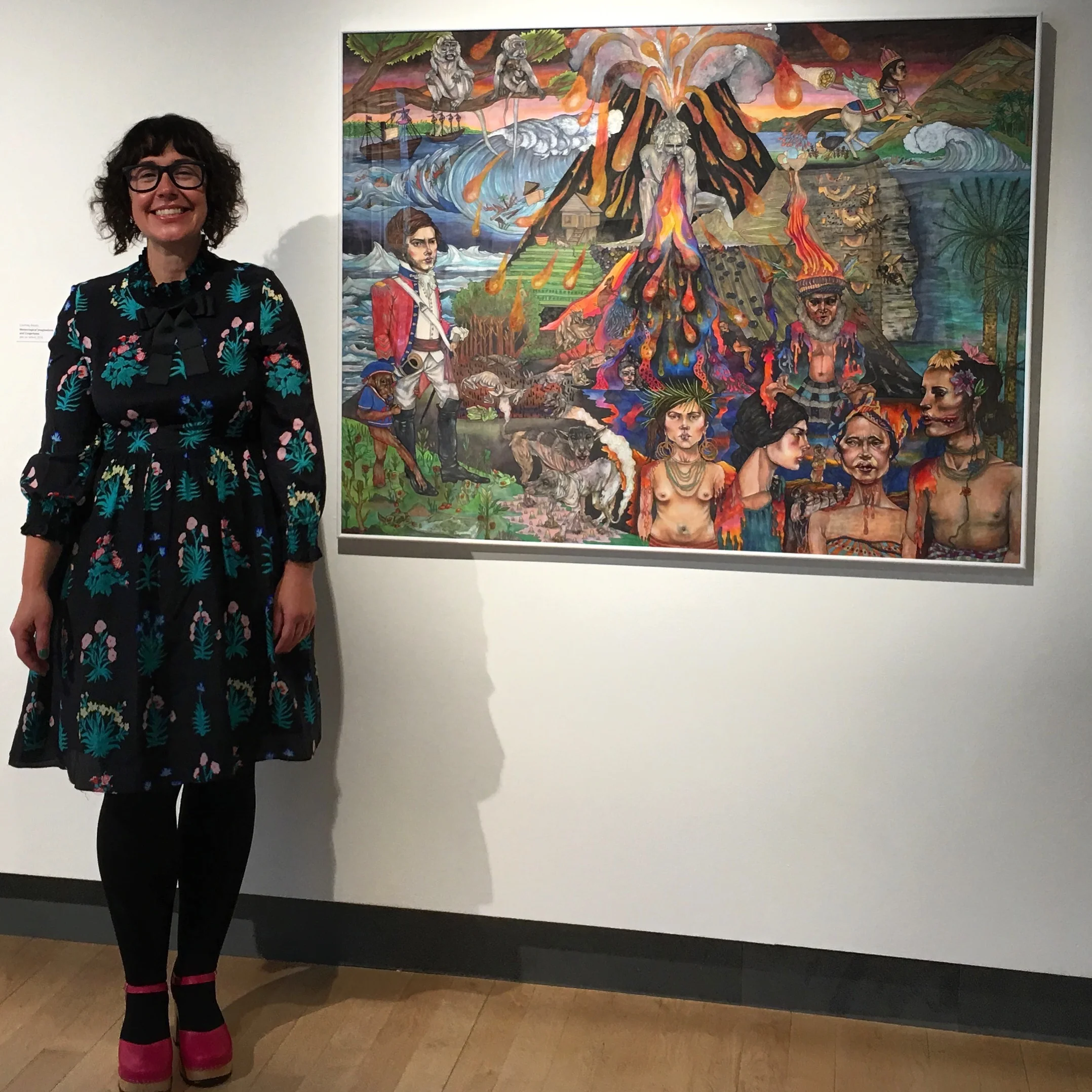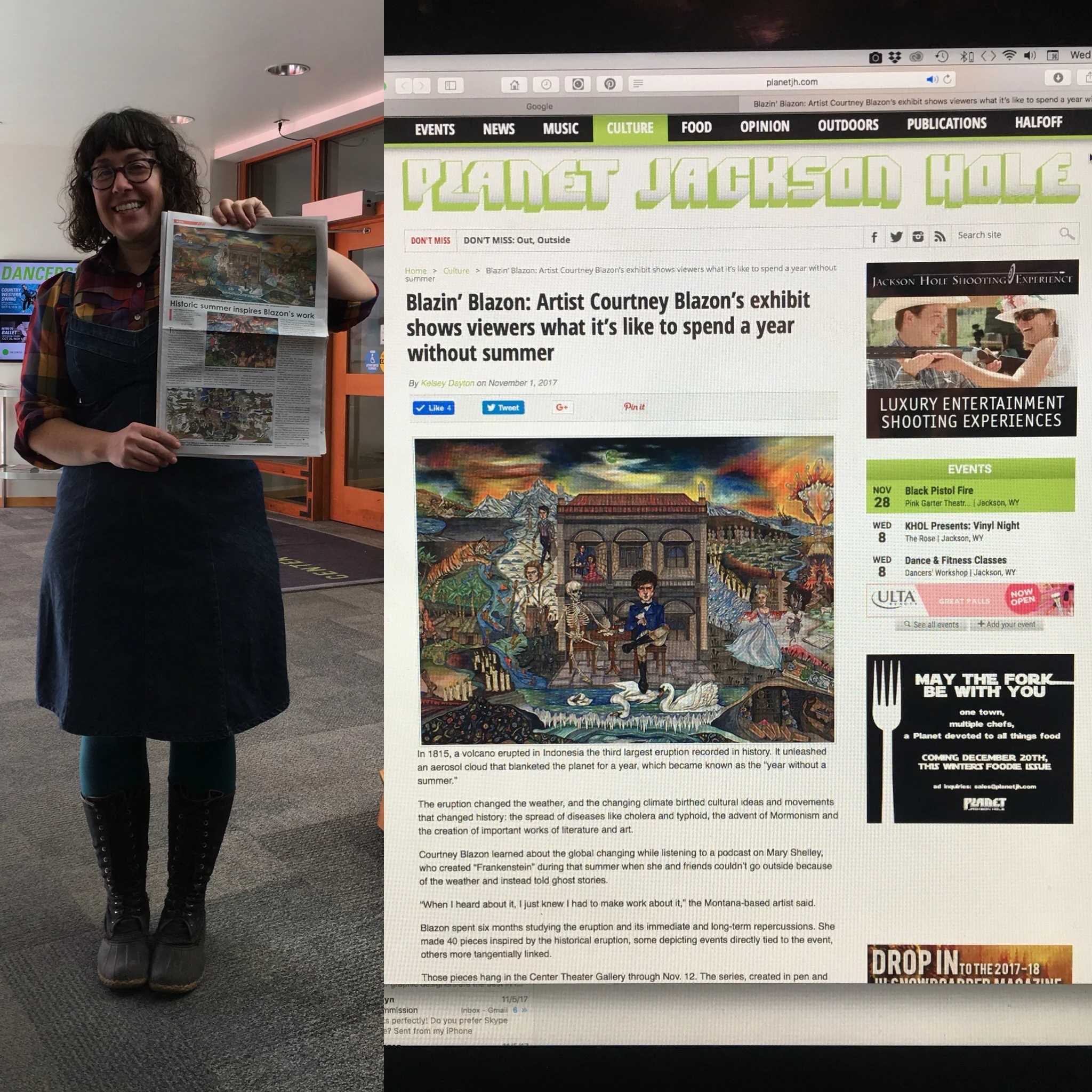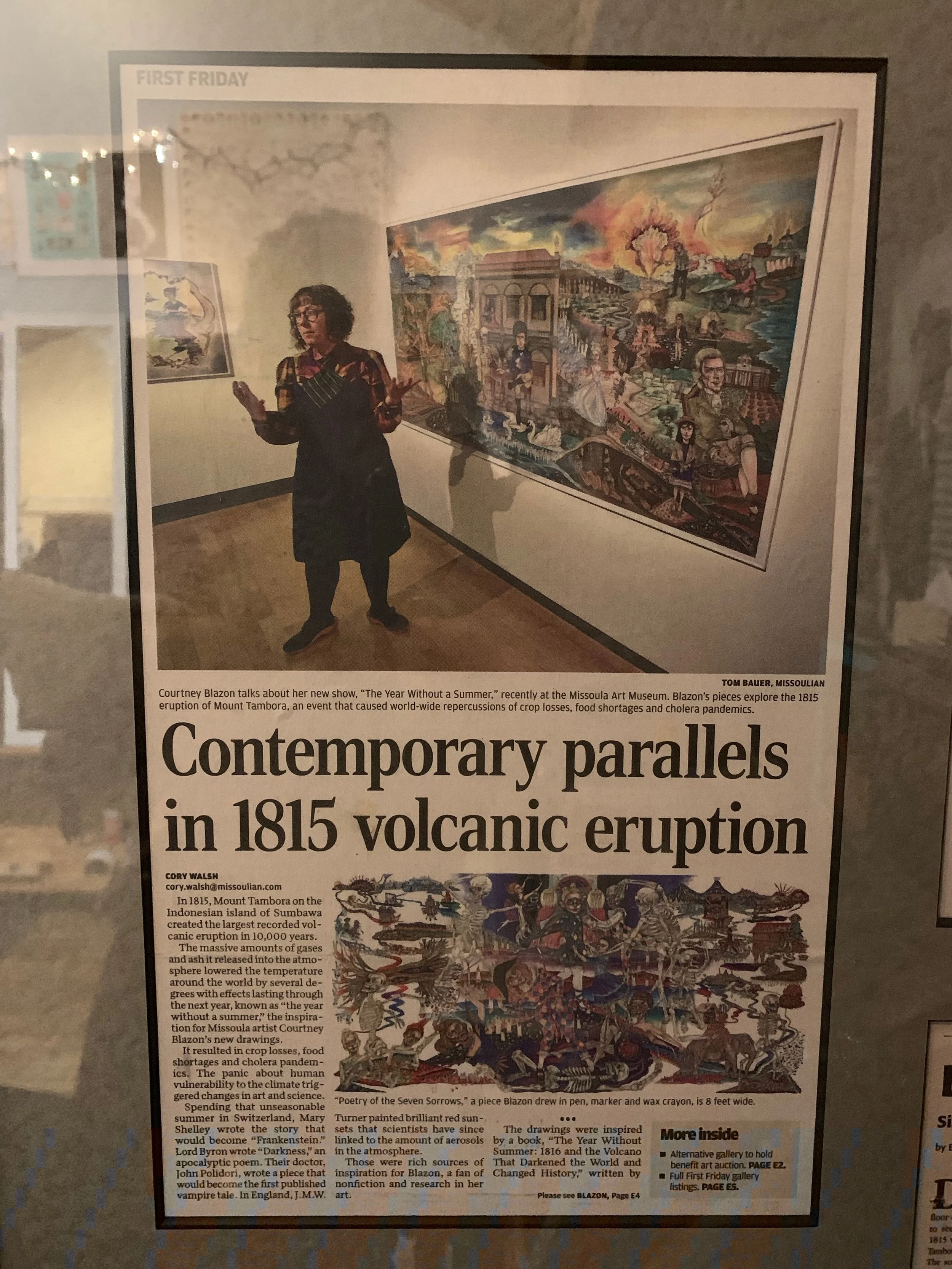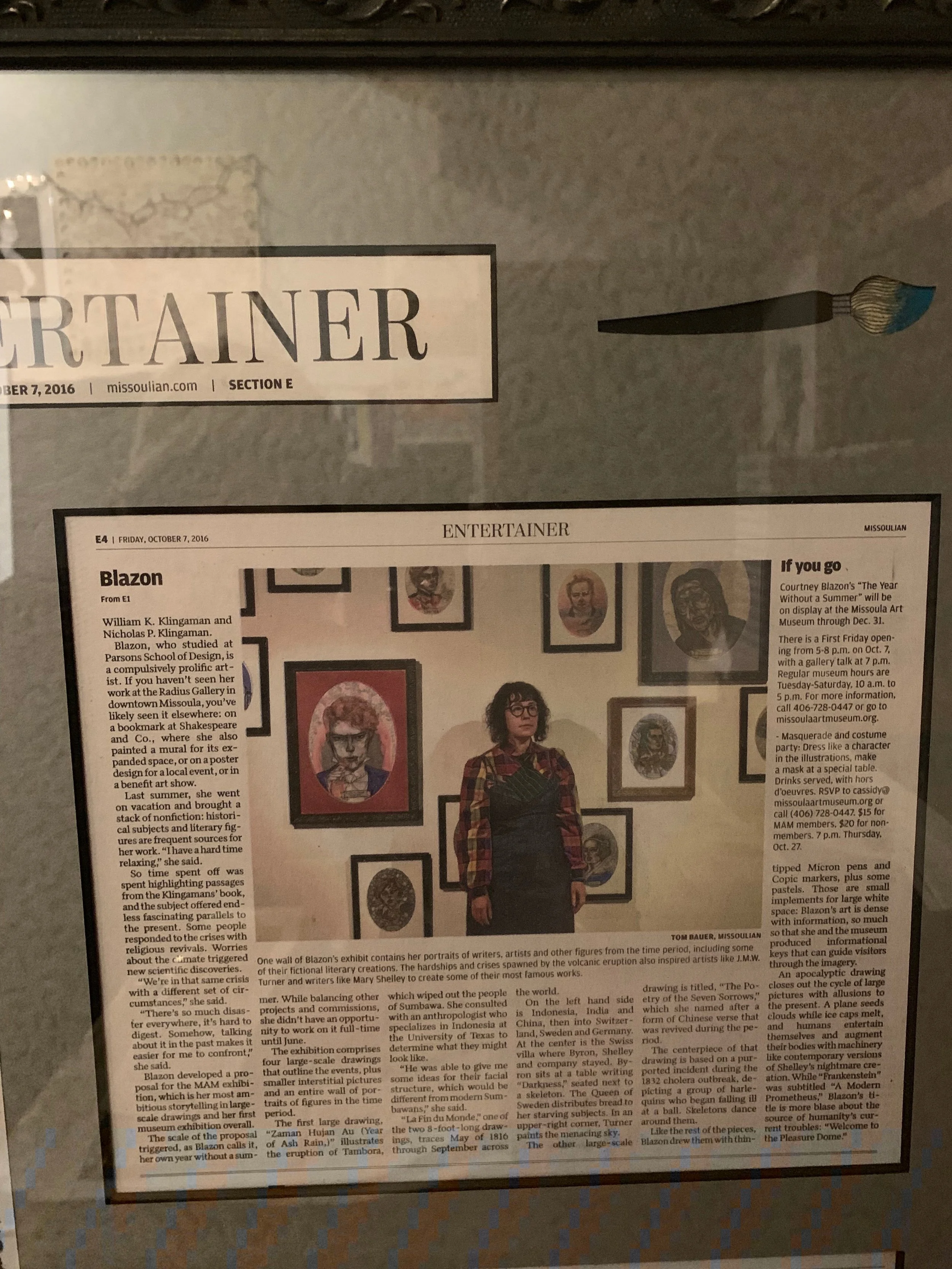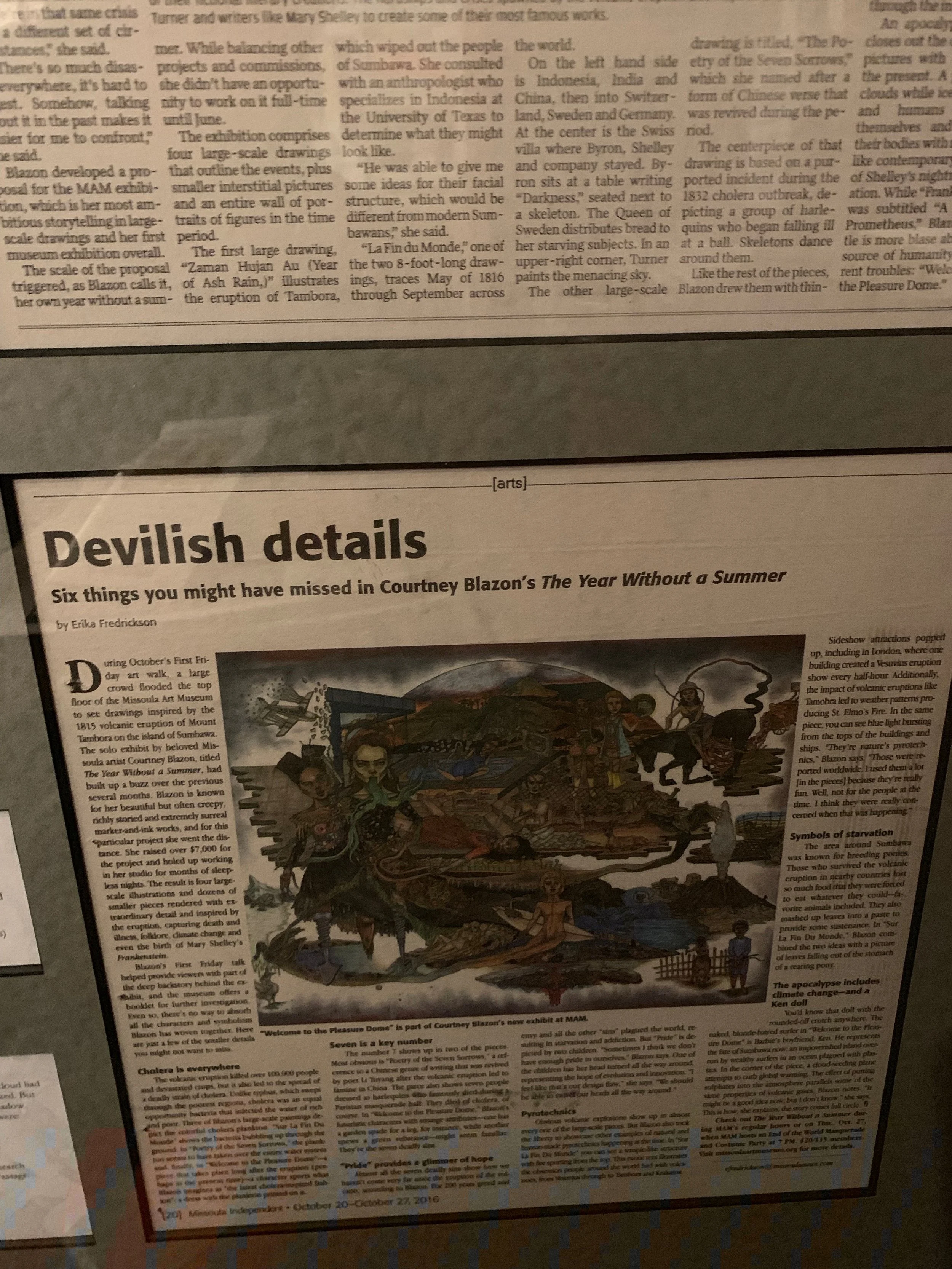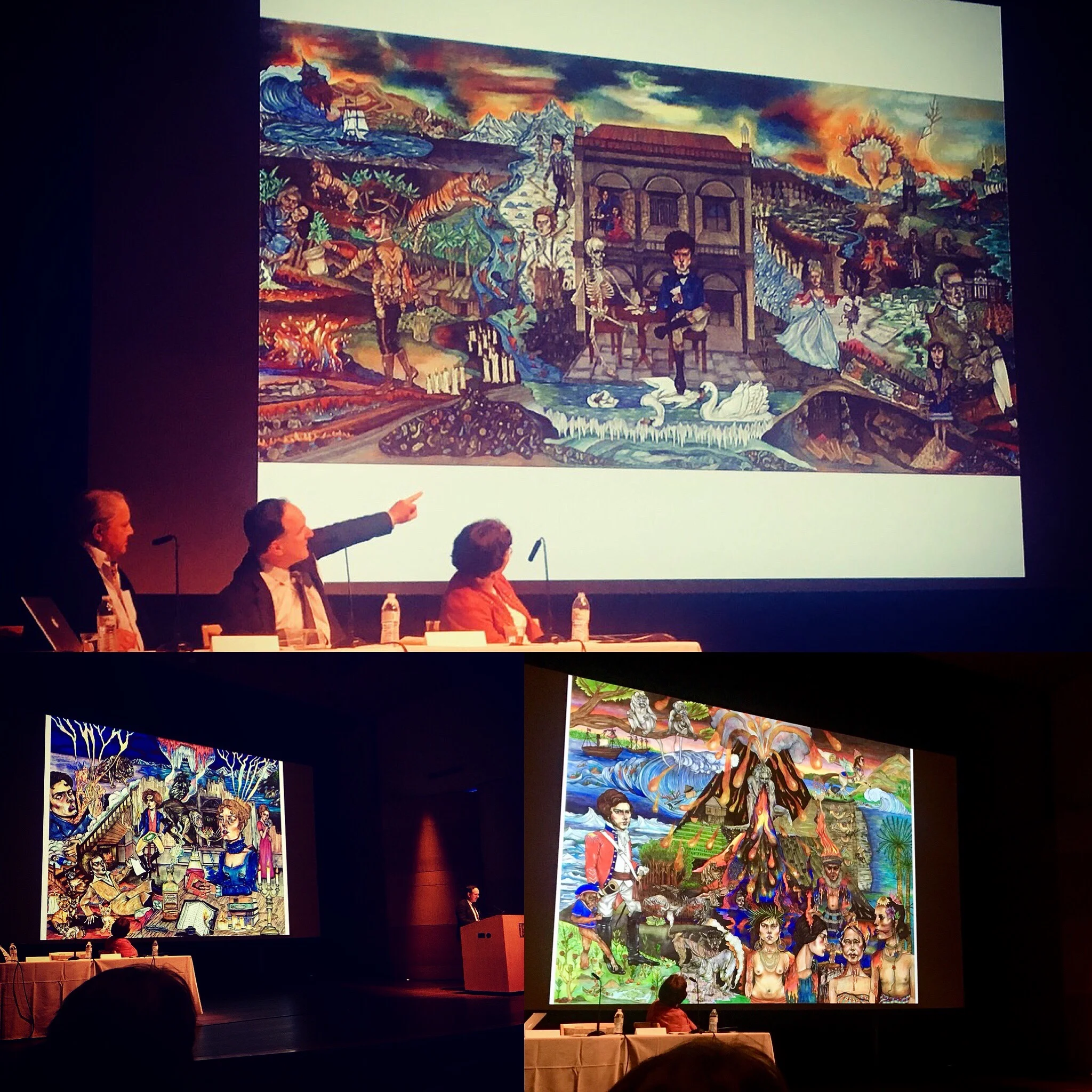Year without a Summer Project
In April of 1815, the Volcano Tambora erupted on the island of Sumbawa in Indonesia, and is considered the 3rd largest volcanic eruption in recorded history. Aside from causing total devastation to the surrounding area, this eruption had global repercussions as volcanic gasses caused a worldwide aerosol cloud that clogged up the sky– in the year that followed, climate anomalies were recorded around the world. The volcanic winter and subsequent effects on European and North American crops caused 1816 to be known as the “Year Without A Summer.” This eruption gave rise to a whole host of events that spanned from the horrific and tragic to the literary and cultural. The birth of modern climate science, the birth of modern meteorology, the opening of the Northwest Passage, the advent of the Chinese opium trade, the birth of gothic horror and American westward expansion are just some of the amazing things that can be directly linked to the eruption of Volcano Tambora. These drawings link together the far-reaching effects of the eruption and demonstrate the global impact of this singular event, as well as making a connection to our current manmade climate state.
I created this series of stream-of-consciousness narrative drawings on the bicentennial of the year after the 1815 eruption of the volcano Tambora on the island of Sumbawa in present-day Indonesia. My fantastical works form a chronicle that bridges the catastrophe with the inspired global impact that followed. The series is a set of interrelated “surrealistic, symbolist, and fantastical” drawings that touch on the resulting worldwide crop failures, disease outbreaks, scientific discoveries and birth of literary Gothic Horror at Villa Diodati in Switzerland where Mary Shelley wrote Frankenstein. I depict “the dead and living” coming together to narrate a story with far-reaching cultural and social consequences. I populate her drawings with historical figures such as the painter J.M.W. Turner, whose luminous paintings may have been inspired by bizarre and eerie sunsets caused by the ash in the atmosphere; or founding father Benjamin Franklin, who was an early proponent of the idea that a volcanic eruption could affect global weather; and Thomas Jefferson, who advocated for the importance of accurate meteorological recordings. Also included are John James Audubon who, while painting birds, may have witnessed the decline of the passenger pigeon because of the large number of people left desperate for food; and the Royal families of Europe, whose response to the cataclysmic event was criticized for being disconnected and callous; and scholar turned farmer turned poet Li Yuyang, who resurrected the ancient Chinese poetry form called the “poetry of the seven sorrows” as a response to seeing his people in the Yunnan province starving and disease ridden as a result of the volcanic gasses; plus investigations into the further reaching aspects of the eruption, including Manifest Destiny (in the form of the Donner Party), and a satirical look at our present climate state as depicted through the seven deadly sins.
Here are the final drawings, the educational materials, the sketch and research materials, and some photos of the work after it hung at subsequent showings.


